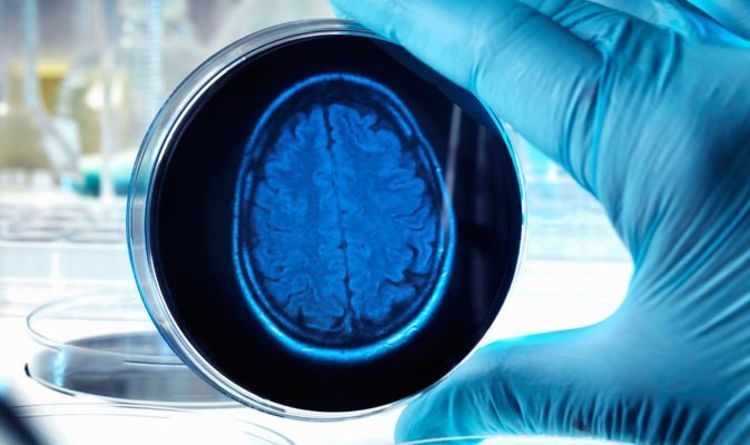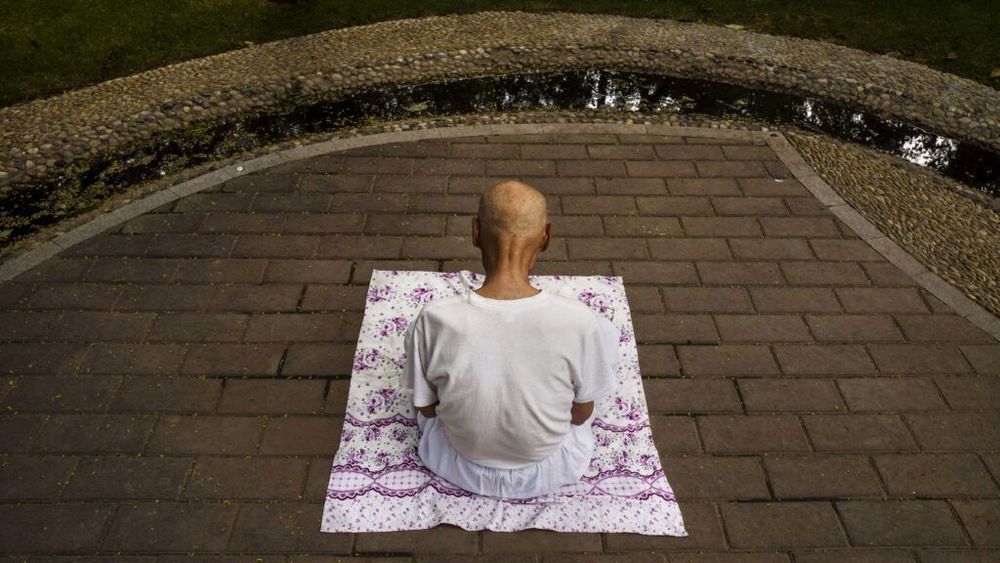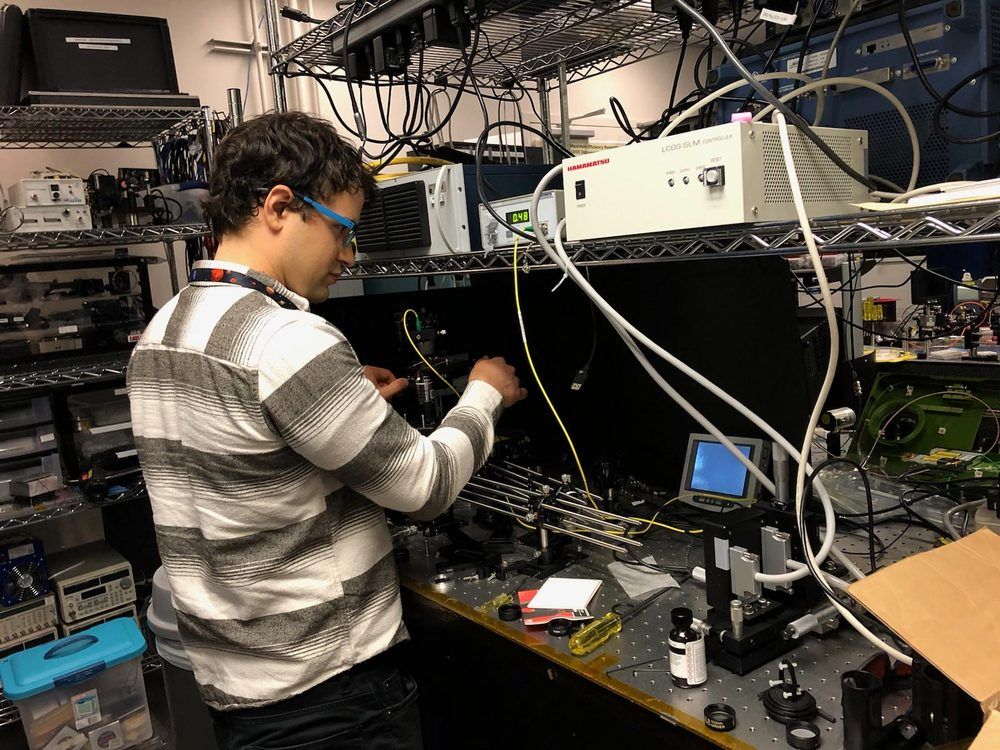Page 7963
Oct 24, 2019
Blob-like brains created in lab could have ‘thoughts’ and are ‘suffering’, scientists warn
Posted by Paul Battista in category: neuroscience
MINIATURE brains which have been grown in the lab could have some form of consciousness and could be suffering as a result, scientists have worryingly claimed.
Oct 24, 2019
Liz Parrish conference at RAADfest 2019 (05-Oct-2019)
Posted by Paul Battista in categories: biotech/medical, genetics, life extension
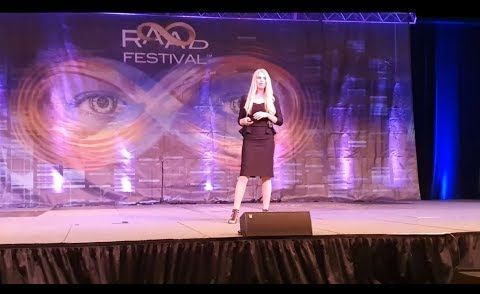
Hayley Harrison sent me this video taken-filmed by Andrés Grases and posted it to Youtube… I know for a certainty that Gene therapy will not increase Life span into 125 or beyond years due to the Animal Eukartyotic cell of the earth having a plague that infects all cells into mutation and early cell death.
This year I had the privilege to record in full Liz Parrish talk delivered at RAADfest 2019 (Revolution Against Aging and Death Festival 2019), which took place in Las Vegas, NV from 3 to 6 of October.
Continue reading “Liz Parrish conference at RAADfest 2019 (05-Oct-2019)” »
Oct 24, 2019
Surprising study shows reduced neuronal activity extends life
Posted by Paul Battista in categories: biotech/medical, genetics, life extension, neuroscience
Say this about the kinds of molecular mayhem that we know underlie aging: Mechanisms like whether the ends of chromosomes fray (bad) and whether genes’ on-off status breaks down (really bad) at least sound like plausible ways to impair vital organs, from skin to brains and hearts, and produce the whole sorry mess known as aging.
On Wednesday, scientists reported a driver of aging that, in contrast, even the lead researcher diplomatically calls “counterintuitive”: neuronal activity. Aging, of course, affects the brain. But the brain seems to affect aging, too, they found: In creatures from worms to mice to people, high levels of neuronal firing spell a shorter life span. Lower levels — naturally, or due to drugs that dampen neurons’ activity — increase longevity.
The discovery4 was so surprising that it’s taken two years to be published (in Nature) because of how much additional data the outside scientists reviewing the study requested. Geneticist Bruce Yankner of Harvard Medical School, who led the research, understood their skepticism. “If you say you have a cat in your backyard, people believe you,” he said. “If you say you have a zebra, they want more evidence.”
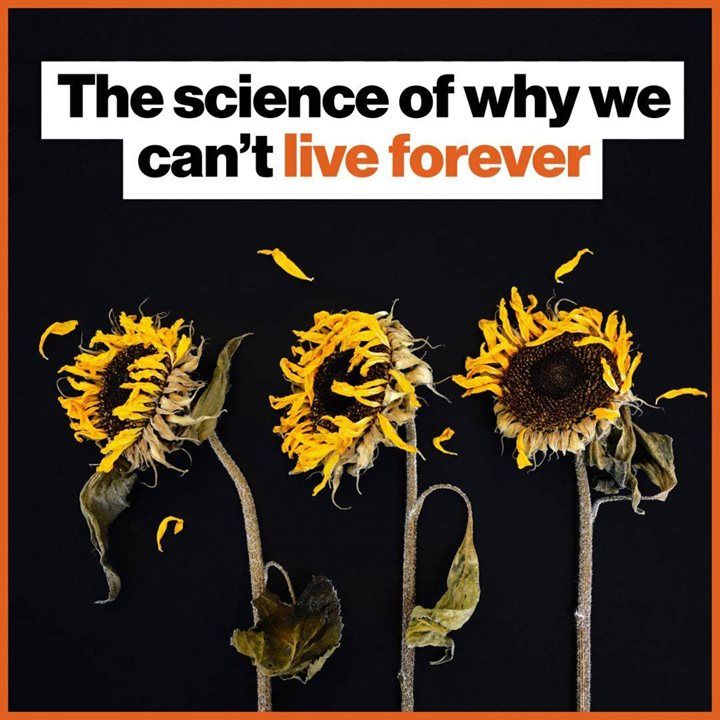
In this video, science writer Michael Shermer discusses the universal laws that preside over why stars fade out — and we do, too.
Oct 24, 2019
To determine whether robots have a felt quality of experience
Posted by Paul Battista in category: robotics/AI
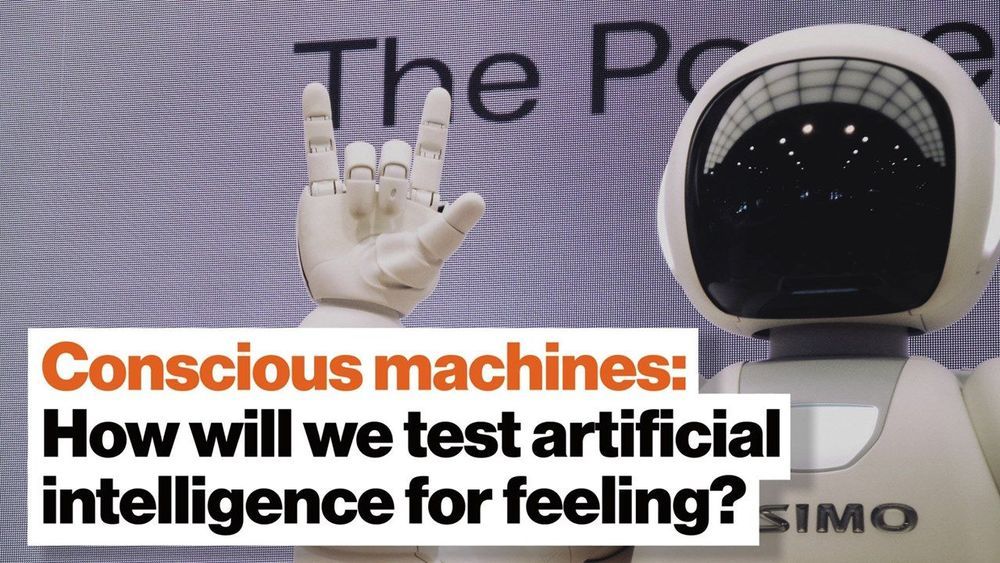
To determine whether robots have a felt quality of experience, we’ll have to ask them, and ourselves, several probing questions — i.e., “Can the mind existing separately from the body?” “Can the system exist without the computer?”
They’ll also need to possess the right “architectural features.” In this video, NASA’s Dr. Susan Schneider explains more.
Oct 24, 2019
Father and Son Build 50,000 New Beehive Colonies Around the World
Posted by Omuterema Akhahenda in categories: habitats, innovation
These two men have increased the global honeybee population by 10 percent with their invention – a hive that lets humans harvest honey without harming bees.
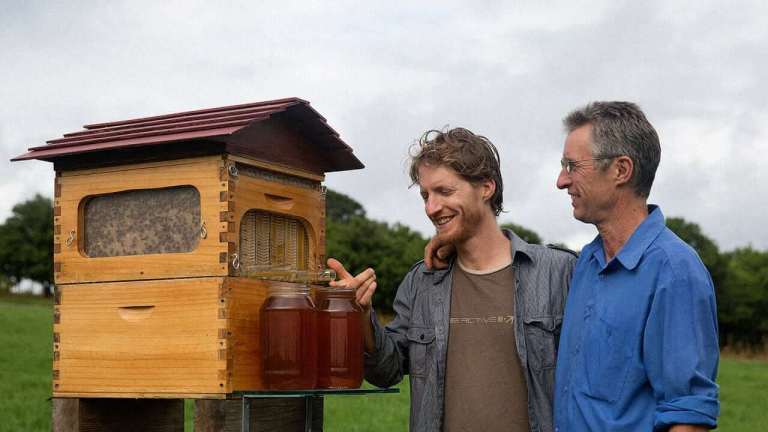
The “Flow Hive” is a man made bee house, that bees can’t tell apart from their own hives, that allows honey to flow out of it without harming bees.
Oct 24, 2019
NASA Innovator Experiments with Force Fields for Moving Matter
Posted by Saúl Morales Rodriguéz in categories: particle physics, space
On a metal workbench covered with tools, instruments, cords, and bottles of solution, Aaron Yevick is using laser light to create a force field with which to move particles of matter.
Yevick is an optical engineer who came to NASA’s Goddard Space Flight Center in Greenbelt, Maryland, full-time earlier this year. Despite being in his current position with NASA less than a year, Yevick received funding from the Goddard Fellows Innovation Challenge (GFIC) — a research and development program focused on supporting riskier, less mature technologies — to advance his work.
His goal is to fly the technology aboard the International Space Station, where astronauts could experiment with it in microgravity. Eventually, he believes the technology could help researchers explore other planets, moons, and comets by helping them collect and study samples.
Oct 24, 2019
Huda Suliman at Ending Age-Related Diseases 2019
Posted by Steve Hill in categories: biotech/medical, life extension
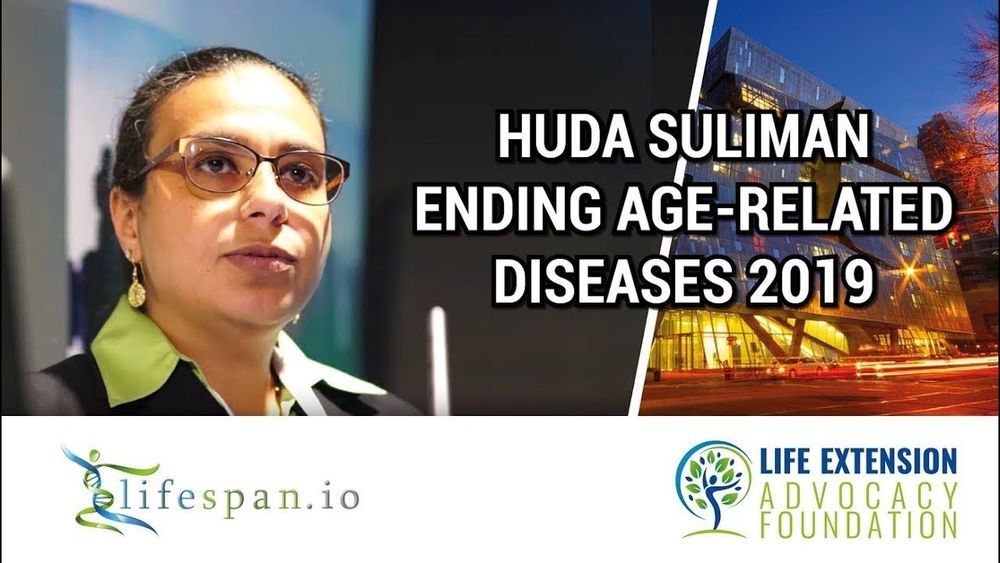
We’re continuing to release talks from Ending Age-Related Diseases 2019, our highly successful two-day conference that featured talks from leading researchers and investors, bringing them together to discuss the future of aging and rejuvenation biotechnology.
Huda Suliman of Icaria Life Sciences discussed her company’s role in the rejuvenation biotechnology ecosystem, including small molecule drug discovery and drug screening along with how her company deals with irreproducibility in the scientific literature. She explained how species differences are an issue, and she explained the differences between aging-focused and traditional medical research.

